Highlights:
- LayerComposer introduces a novel spatially-aware layered canvas for text-to-image generation.
- Allows interactive control like resizing, repositioning, and locking specific objects or subjects.
- Enhances spatial control and identity preservation across multiple personalized subjects.
- Employs a unique locking mechanism without architectural changes to existing generative models.
TLDR:
Researchers have unveiled LayerComposer, a pioneering text-to-image generation framework that introduces spatially-aware layers, enabling users to manipulate multiple personalized subjects interactively. This advancement significantly improves spatial realism, user control, and scalability in AI-driven image synthesis.
A team of researchers led by Guocheng Gordon Qian (https://arxiv.org/search/cs?searchtype=author&query=Qian,+G+G), alongside Ruihang Zhang (https://arxiv.org/search/cs?searchtype=author&query=Zhang,+R), Tsai-Shien Chen (https://arxiv.org/search/cs?searchtype=author&query=Chen,+T), Yusuf Dalva (https://arxiv.org/search/cs?searchtype=author&query=Dalva,+Y), Anujraaj Argo Goyal (https://arxiv.org/search/cs?searchtype=author&query=Goyal,+A+A), Willi Menapace (https://arxiv.org/search/cs?searchtype=author&query=Menapace,+W), Ivan Skorokhodov (https://arxiv.org/search/cs?searchtype=author&query=Skorokhodov,+I), Meng Dong (https://arxiv.org/search/cs?searchtype=author&query=Dong,+M), Arpit Sahni (https://arxiv.org/search/cs?searchtype=author&query=Sahni,+A), Daniil Ostashev (https://arxiv.org/search/cs?searchtype=author&query=Ostashev,+D), Ju Hu (https://arxiv.org/search/cs?searchtype=author&query=Hu,+J), Sergey Tulyakov (https://arxiv.org/search/cs?searchtype=author&query=Tulyakov,+S), and Kuan-Chieh Jackson Wang (https://arxiv.org/search/cs?searchtype=author&query=Wang,+K+J), has presented a revolutionary approach to personalized text-to-image (T2I) generation titled ‘LayerComposer: Interactive Personalized T2I via Spatially-Aware Layered Canvas.’ Submitted to arXiv on October 23, 2025, the study breaks new ground in enabling more flexible and intuitive control over how multiple subjects are composed within generated images.
Traditional personalized generative models, despite producing visually impressive outcomes, have struggled with precise spatial manipulation and scalability when dealing with multiple objects or people. LayerComposer directly addresses these limitations through two main innovations. First, it introduces a unique **layered canvas representation**, where each subject occupies a distinct, editable layer. This structure eliminates occlusion challenges and empowers users to reposition, resize, or lock subjects much like in digital design tools. Second, the framework incorporates a novel **locking mechanism** that preserves the visual fidelity of selected layers while allowing other elements in the scene to adapt dynamically to contextual changes.
Technically, LayerComposer’s standout feature lies in its locking system, which avoids any architectural modifications to existing diffusion or generative transformer models. Instead, it leverages inherent positional embeddings and a newly designed complementary data sampling strategy to ensure cross-layer consistency and high-resolution preservation. Extensive benchmarking highlights how LayerComposer significantly outperforms traditional diffusion-based approaches in spatial control, subject identity consistency, and compositional flexibility. This innovation paves the way for new creative workflows in design, personalized media creation, and interactive AI tools—effectively merging the interactivity of image-editing software with the automation and creativity of generative AI technologies.
Overall, the work of Qian and his collaborators represents a step forward for human-AI collaboration in visual content creation, allowing users to become active participants in the generative process while maintaining technical precision and aesthetic integrity.
Source:
Source:
arXiv:2510.20820v1 [cs.CV] — LayerComposer: Interactive Personalized T2I via Spatially-Aware Layered Canvas, by Guocheng Gordon Qian et al. (2025). DOI: https://doi.org/10.48550/arXiv.2510.20820
